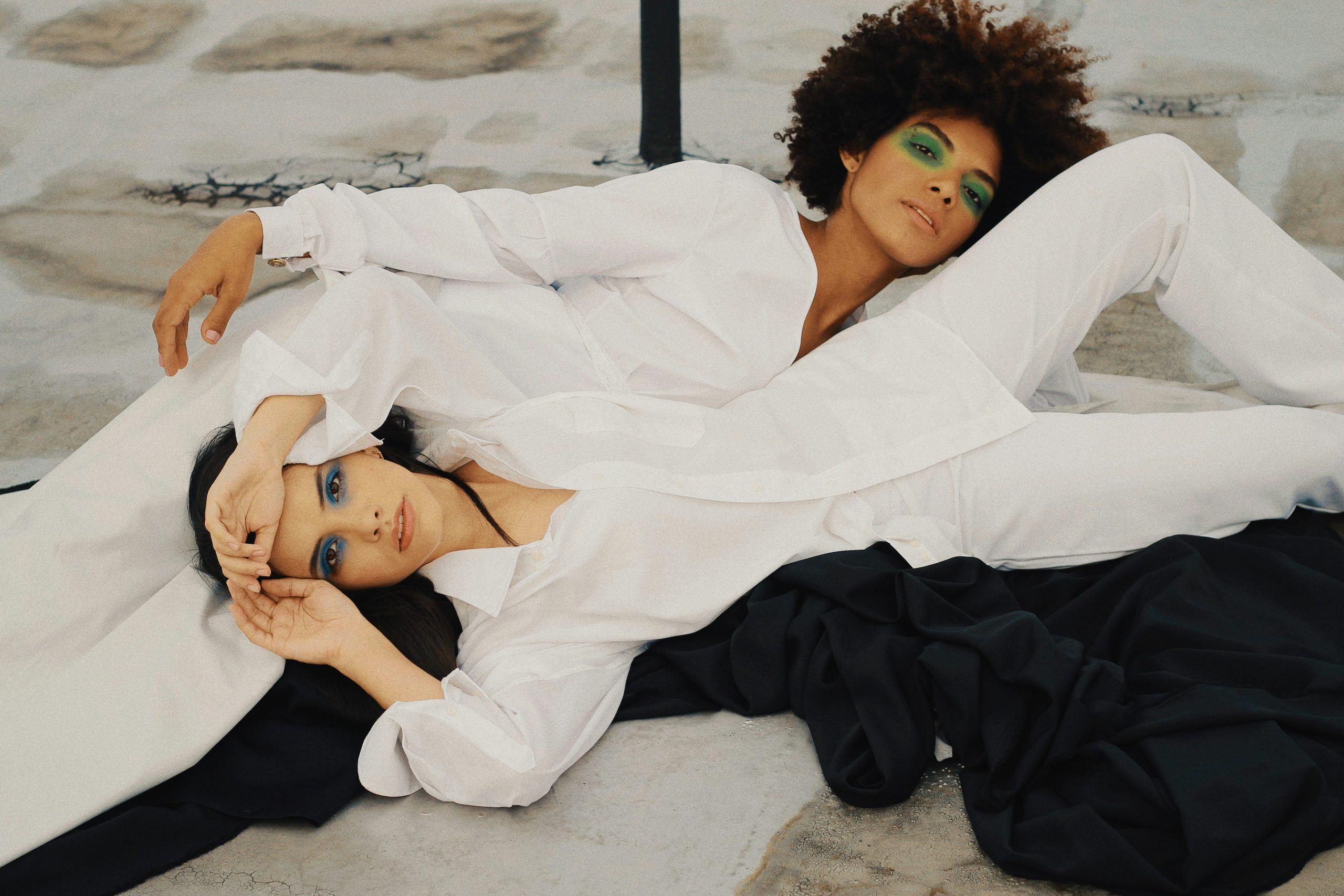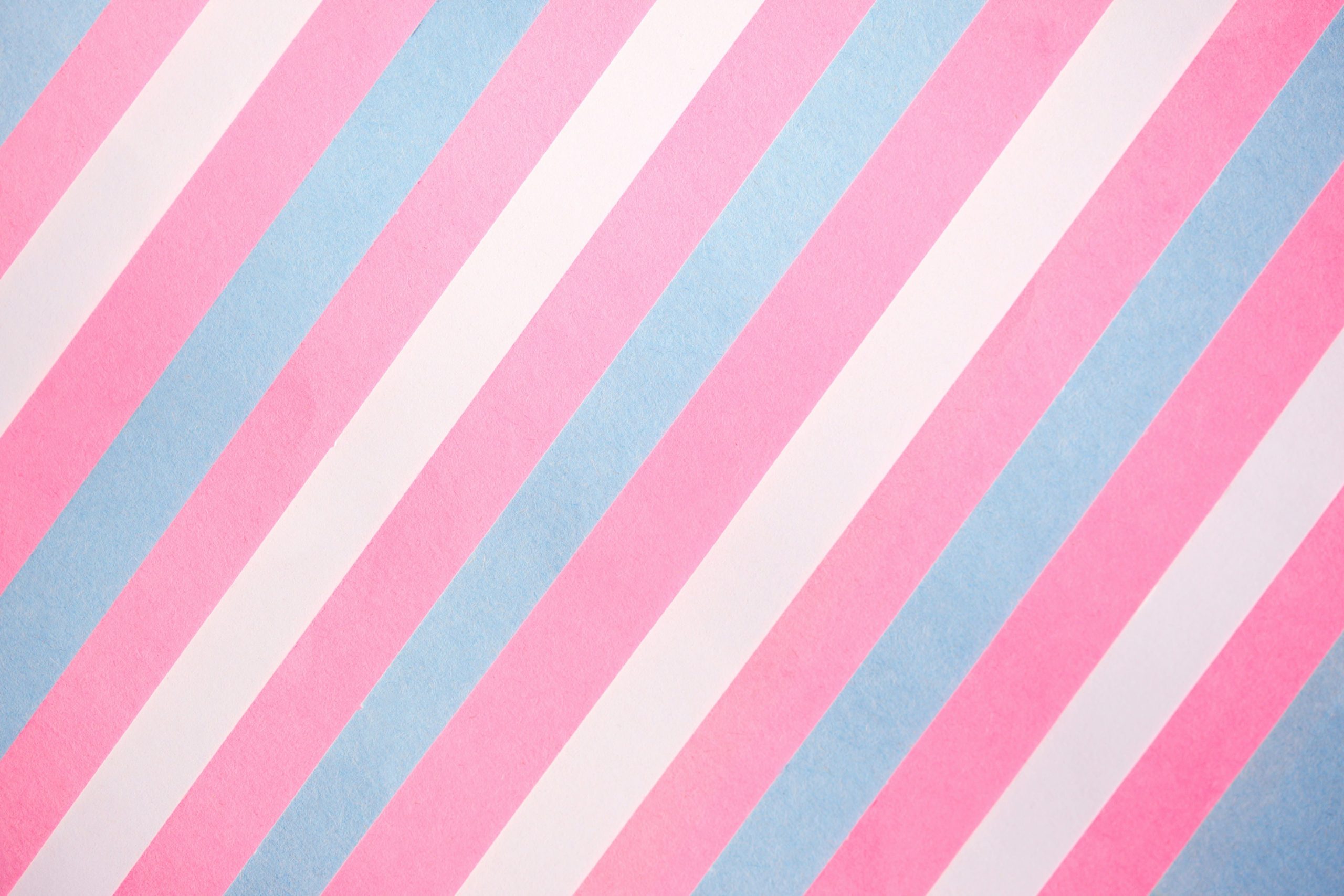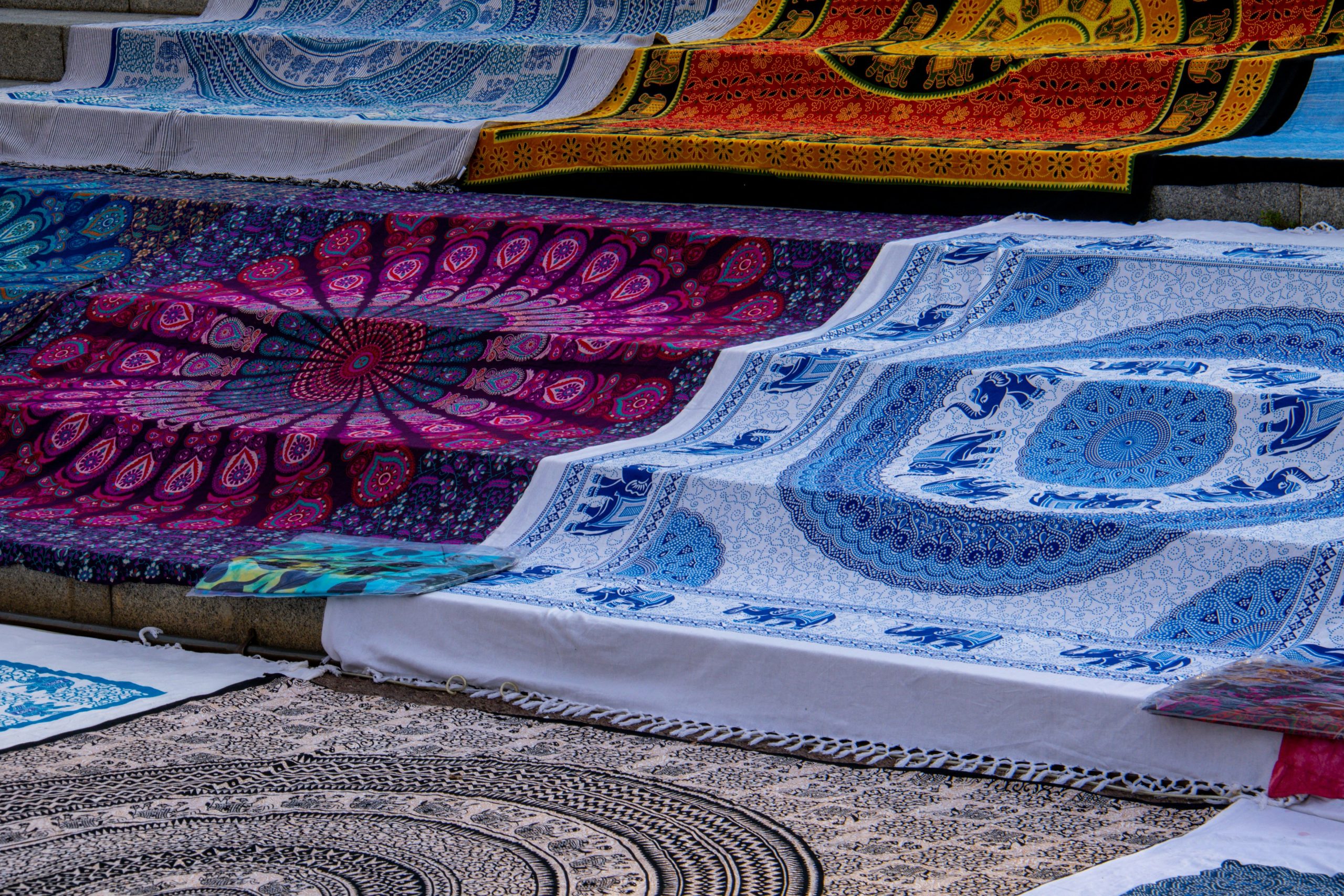In a world of overflowing closets and fast fashion trends that vanish faster than the seasons change, a quiet revolution is unfolding — not in the runways, but in the wardrobes of those who seek intention over impulse.
Enter the capsule wardrobe: a symphony of simplicity, a celebration of sustainability, and a personal style philosophy that whispers, You already have enough — now make it extraordinary.
Whether you’re dressing for school, work, or a weekend coffee date, this guide will show you how to build a wardrobe that’s light on waste and rich in possibility.
What Is a Capsule Wardrobe?
A capsule wardrobe is a carefully curated collection of clothing you love, wear, and repeat — season after season. It’s about quality over quantity, timeless cuts over trendy clutter, and clothes that tell your story without shouting for attention.
Typically, a capsule wardrobe includes 25–40 versatile pieces that can be mixed and matched to create dozens of outfits. Think of it as style with a soul — calm, conscious, and completely you.
Why Choose a Capsule?
✨ Sustainability
Fewer pieces mean less waste. It’s a gentle protest against the fast fashion industry and a choice that echoes in the environment — fewer dyes, less fabric waste, reduced carbon footprints.
✨ Simplicity
No more frantic mornings wondering what to wear. Every piece has a purpose. Every outfit feels intentional.
✨ Savings
By buying less, and buying better, you save in the long run — emotionally and financially. No more “wear-once” regrets.
✨ Self-discovery
A capsule wardrobe helps you define your aesthetic. It’s not about trends — it’s about truth. What colors empower you? What fits make you feel free?
How to Build Your Capsule Wardrobe
1. Clear the Clutter
Start by taking everything out of your closet. Yes, everything. Hold each item. Ask: Do I wear this? Do I love it? Does it fit my lifestyle? If the answer is no — release it. Let someone else love it.
2. Define Your Palette
Choose 2–3 neutral base colors (like black, white, beige, or navy), then sprinkle in 1–2 accent colors that bring joy. This creates harmony and allows effortless mixing.
3. Choose Key Pieces
Aim for pieces that layer easily and move between roles — a soft turtleneck that works for work and weekends, a tailored blazer that pairs with jeans and dresses, sneakers that feel as good as they look.
Think:
👕 6–8 tops
👖 4–5 bottoms
🧥 2–3 outerwear pieces
👗 2–3 versatile dresses or jumpsuits
👟 2–3 pairs of shoes
🎒 1–2 statement accessories
4. Embrace Seasonality
Capsule wardrobes shift gently with the weather. Pack away what’s out of season and bring in cozy knits or breezy fabrics as needed — but resist the urge to overfill. Keep it curated.
Style Isn’t Sacrificed — It’s Refined
Capsule dressing is not about dressing less — it’s about dressing right. When your clothes reflect your values, when they align with who you are and who you want to be, confidence rises from the inside out.
You’ll find joy in repetition. Power in restraint. And elegance in simplicity.
Caring for Your Capsule
Sustainable fashion thrives on care.
- Wash with cold water to preserve fabrics and reduce energy
- Repair, don’t replace — sew buttons, patch tears
- Store intentionally, and treat your garments as companions, not consumables
In Closing
A capsule wardrobe is not just a style choice — it’s a lifestyle shift. It says:
I will dress with care. I will own what I wear. I will choose less — and find more.
So begin slowly. One item, one intention, one outfit at a time.
Let your wardrobe be a reflection not just of your style — but of your story.






